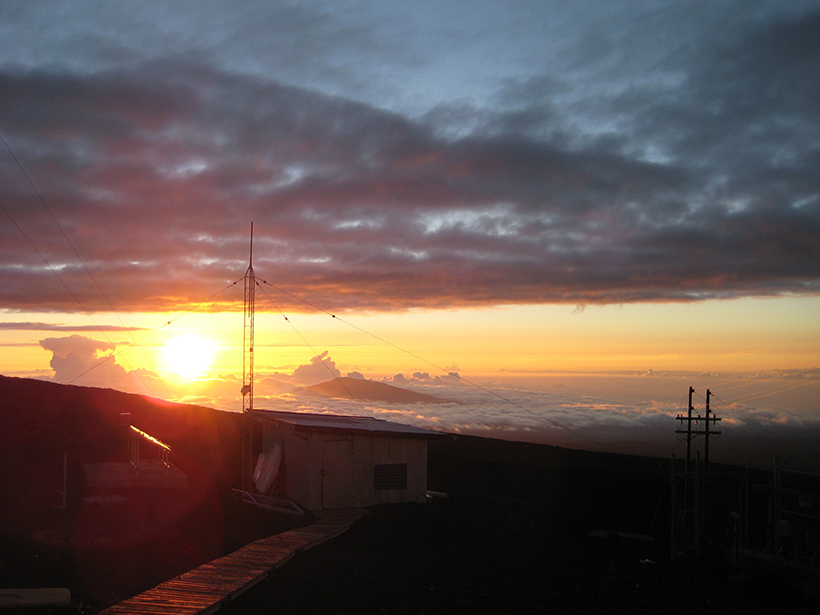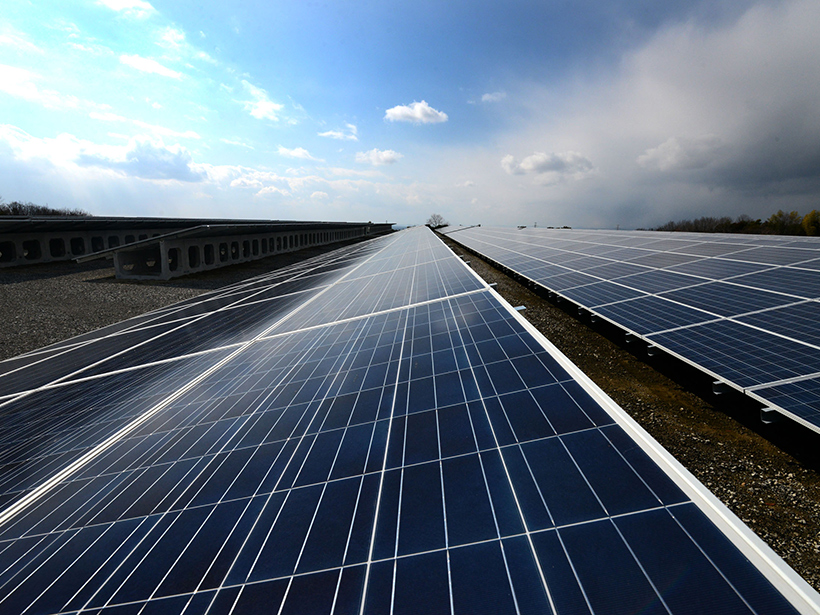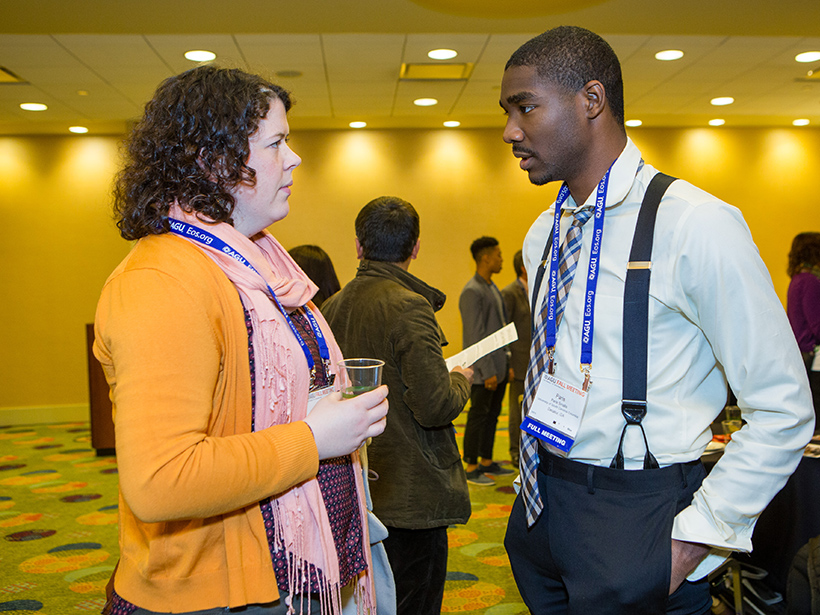First results of the Last Millennium Climate Reanalysis Project demonstrate the potential of the method to improve historical climate estimates by linking proxy data with climate models.
CC BY-NC-ND 2016
The Fate of Hydrocarbons Seeping from the Ocean Floor
Researchers investigate the properties of bubbles at deep-ocean oil seeps to improve oil spill models.
El Niño Will Increase Atmospheric Carbon to Historic Levels
Tropical fires and drought-stricken ecosystems that normally serve as sinks will release carbon, contributing to high atmospheric concentrations through 2016 and beyond.
Experts Look for Early Successes from Paris Climate Accord
Although many current country pledges may be "unambitious" and "vague," one expert said the Paris agreement is just the first round in reducing emissions.
AOMIP and FAMOS for Enhancing Understanding of Arctic Changes
This community-based approach to modeling provides a unique forum for coordination, investigation, and synthesis.
Silty Streams Muddy Freshwater Conservation Issues
Throughout the Pacific Northwest, dirt from unpaved roads can clog streams, threatening fish habitats. Scientists have only a murky understanding of how to clear up these turbid waters.
Defining the Onset and End of the Indian Summer Monsoon
A new, objective definition of the onset of the summer monsoon could improve predictions of rainfall in India.
A River Runs Through It, but Why?
Researchers investigate the factors that cause river terraces to form.
Multicolor Terrain Mapping Documents Critical Environments
The Titan airborne topographic laser system takes spatial and spectral data at three wavelengths at once, mapping threats from climate change and ecological disasters in regions with complex terrain.
AGU Talent Pool Programs Can Help Students with Next Career Steps
The pathways to a geosciences career can be confusing and complex, but the American Geophysical Union has a suite of resources to help students and their mentors plan their strategy.








